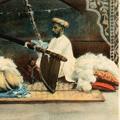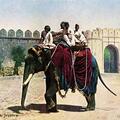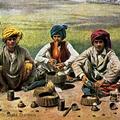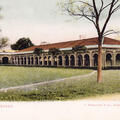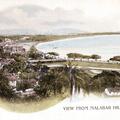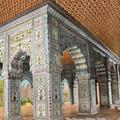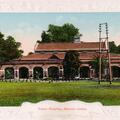Mon Brave Hindou [My Brave Indian]
The "Generous Scotsman" is saying: “You are not hot, my brave Indian . . . what do you want I am not offering you my pants!”
Note that the word "Hindou" on French postcards from World War I was used to refer to Indians in general; this was intended

![Mon Brave Hindou [My Brave Indian] Mon Brave Hindou [My Brave Indian]](https://www.paperjewels.org/sites/default/files/styles/square_thumbnail/public/slides/mon-brave-hindou-2.jpg?itok=nR-XO2aQ)
